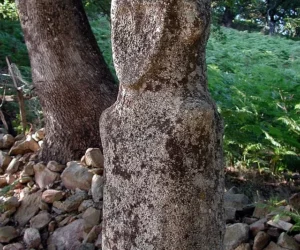Tavera is a significant historical landmark located in the city of Toledo, Spain. It is known primarily for the Hospital de Tavera, a Renaissance-style building that served both as a hospital and a pantheon for the Tavera family. The hospital is also known as the Hospital de San Juan Bautista or the Hospital de Afuera…
Ancient Artifacts
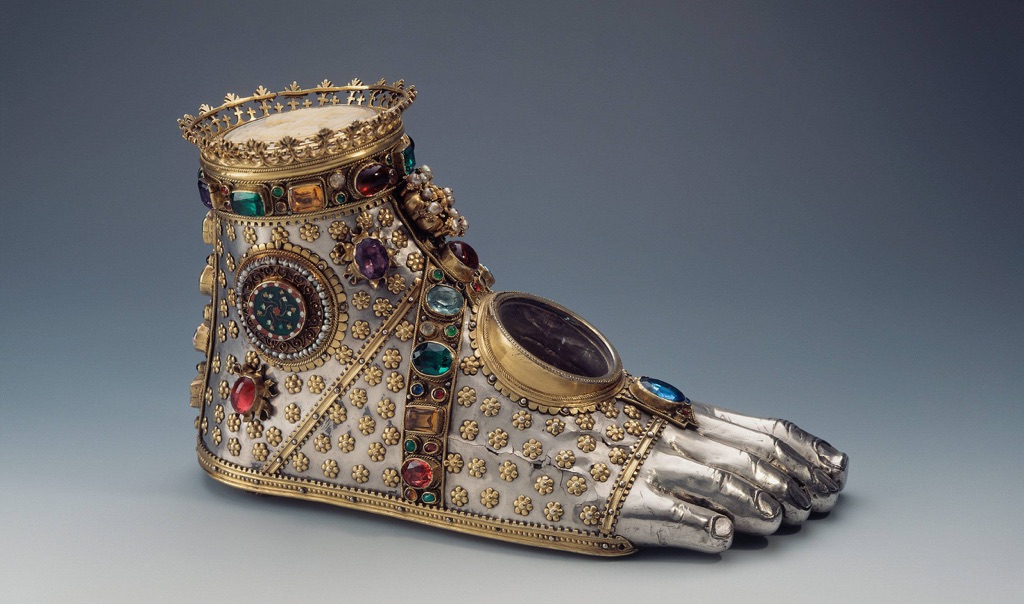
Moving to the East, ancient China artifacts like bronze vessels and oracle bones shed light on the rituals and governance of early Chinese dynasties. These artifacts highlight China’s long history of craftsmanship and written language. Similarly, ancient Egyptian artifacts are world-renowned, particularly for their funerary art, such as the treasures from King Tutankhamun’s tomb. These pieces reflect the Egyptians’ beliefs about death and the afterlife. Artifacts are not just old objects to be displayed in museums; they are keys to unlocking the secrets of human development across the ages. They preserve the ideas and values of people who lived thousands of years before us. Through careful study, they teach us about our collective history and heritage.
Among the most famous ancient artifacts in the world is the Rosetta Stone. Discovered in 1799, this granodiorite stele was the key to understanding Egyptian hieroglyphs—a script made of small pictures that was used originally in ancient Egypt for religious texts. The Rosetta Stone is inscribed with a decree issued at Memphis in 196 BC on behalf of King Ptolemy V. The decree appears in three scripts: the upper text is Ancient Egyptian hieroglyphs, the middle portion Demotic script, and the lower Ancient Greek. Because it presents essentially the same text in all three scripts, it provided the crucial link for scholars to decipher Egyptian hieroglyphs, thereby opening a window into ancient Egyptian history.
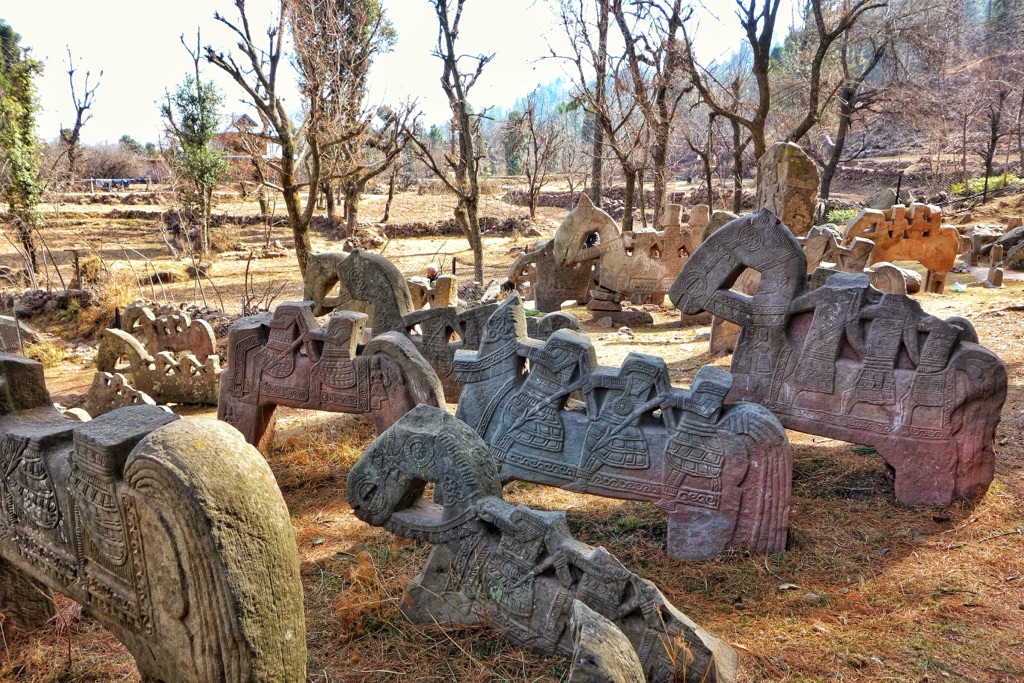
The title of the oldest artifact on earth goes to the stone tools found in Lomekwi 3, Kenya, which date back to 3.3 million years ago. These tools predate the earliest known humans and suggest that tool-making was a part of our pre-human ancestors’ way of life. These ancient tools mark a significant milestone in human evolutionary history, indicating the beginnings of technology and innovation. They are not just simple objects; they represent the dawn of human ingenuity and the very first steps towards the complex societies we have today.
An ancient artifact can be defined as any item made or used by humans in ancient times that has cultural, historical, or archaeological significance. These artifacts can range from monumental structures like the pyramids of Egypt to small, everyday objects like Roman coins. They can include items as diverse as weapons, clothing, and artwork. Each artifact, no matter its size or apparent significance, offers a glimpse into the lives of those who came before us, providing evidence of past behaviors, beliefs, and social structures.
Famous ancient artifacts not only include monumental finds like the Rosetta Stone or the treasures of Tutankhamun’s tomb but also the Terracotta Army of China, the Dead Sea Scrolls, and the Venus of Willendorf. The Terracotta Army, buried with the first Emperor of China, Qin Shi Huang, consists of thousands of life-sized figures meant to protect the emperor in the afterlife. The Dead Sea Scrolls, discovered in a series of caves near the Dead Sea, are ancient Jewish texts that offer invaluable insight into the history of Judaism and the early text of the Bible. The Venus of Willendorf, a small Paleolithic figurine discovered in Austria, dates back to about 28,000 BCE and is thought to represent fertility. Each of these artifacts, in its own way, has reshaped our understanding of human history, offering evidence of the complexity, diversity, and ingenuity of ancient civilizations.
List of Discovered Ancient Artifacts
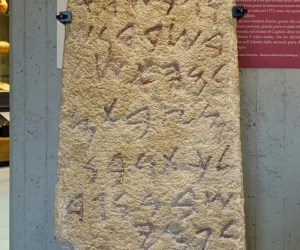
Nora Stone
The Nora Stone is one of the most significant archaeological findings in the Mediterranean. It is an ancient inscription discovered in the ruins of Nora, an ancient city on the southern coast of Sardinia. The stone holds historical importance due to its inscription, which provides evidence of early Phoenician presence on the island. Discovery and…
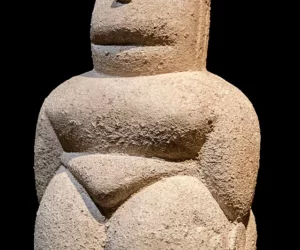
Bonu Ighinu Statuette
The Bonu Ighinu Statuette is an important archaeological find from Sardinia, Italy. Discovered in the early 20th century, it offers insight into the pre-Nuragic period on the island. Dating from the Chalcolithic era, this small, anthropomorphic figure represents the rich cultural history of Sardinia around 3000 BC. Discovery and Significance The statuette was unearthed in…
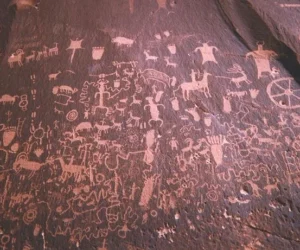
Newspaper Rock State Historic Monument
Newspaper Rock State Historic Monument is located in southeastern Utah, within the United States. The site features one of the largest known collections of petroglyphs, ancient rock carvings made by Indigenous peoples. These carvings were created over centuries, documenting human activities, animals, and symbols. Historical Significance of Newspaper Rock State Historic Monument The carvings at…

Iron Pillar of Delhi
The Iron Pillar of Delhi stands as a testament to ancient Indian metallurgy. Located in the Qutb complex, this pillar has fascinated researchers and historians for centuries. It measures over 7 meters in height and weighs approximately 6 tons. Despite being over 1,600 years old, the pillar shows remarkable resistance to rust, which has contributed…
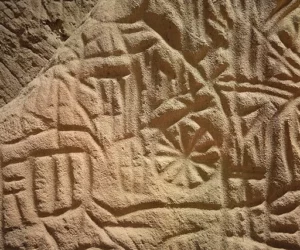
Edakkal Caves Petroglyphs
The Edakkal Caves, located in the Wayanad district of Kerala, India, contain some of the most remarkable petroglyphs in the region. These engravings provide invaluable insights into the prehistoric societies that once inhabited this area. Scholars believe these carvings could date back to as early as 6000 BC, making them a critical piece of ancient…

